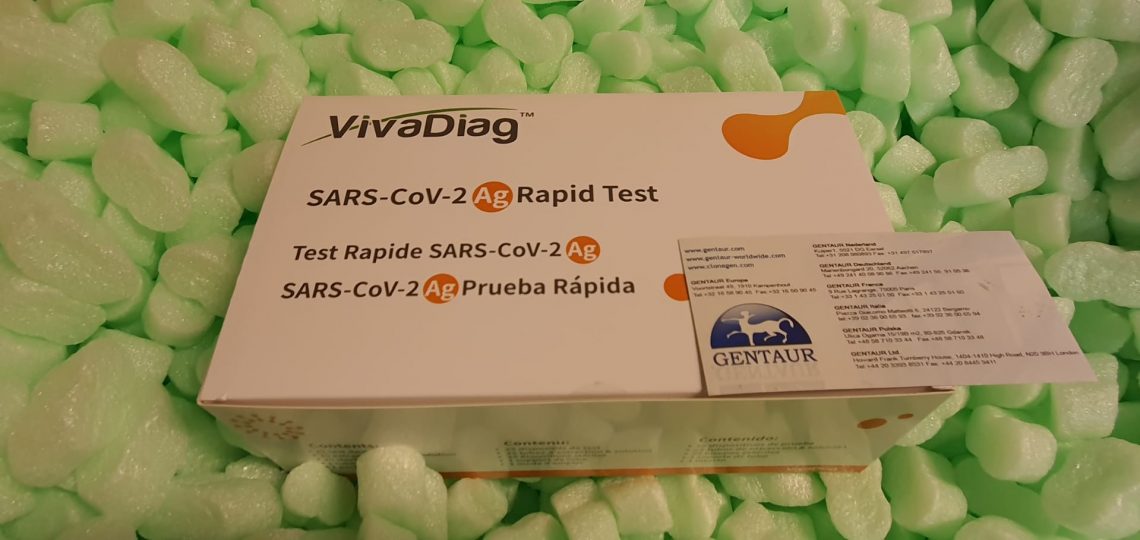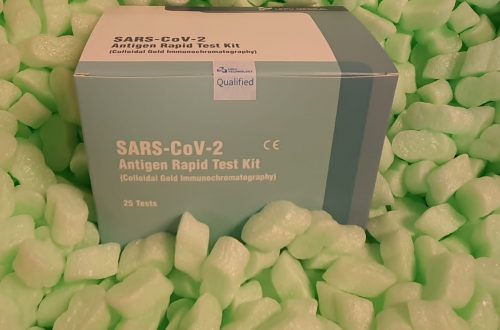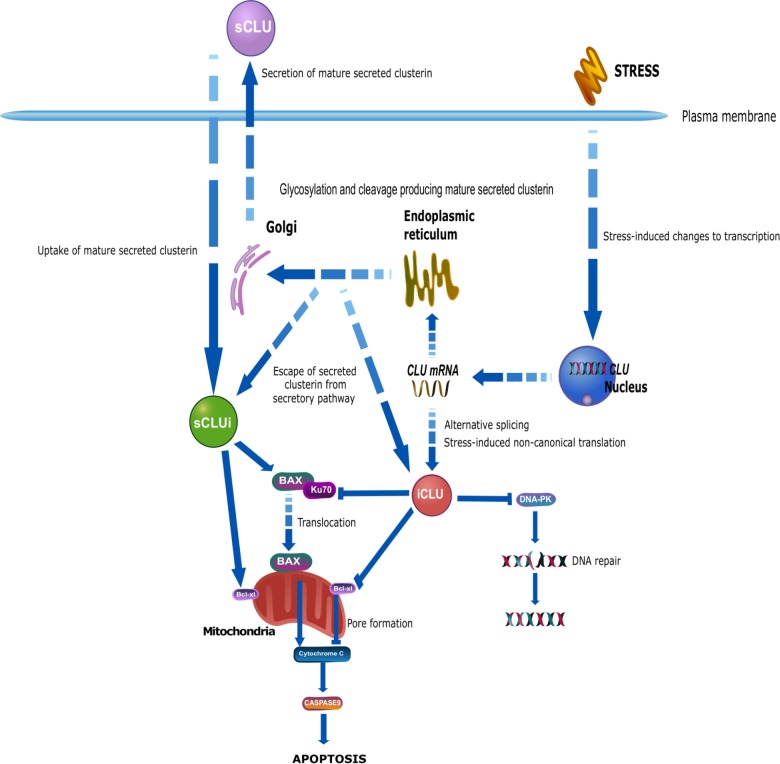
Maximising the clustering coefficient of networks and the effects on habitat network robustness
The robustness of networks in opposition to node failure and the response of networks to node removing has been studied extensively for networks resembling transportation networks, energy grids, and meals webs. In many instances, a network’s clustering coefficient was recognized as an excellent indicator for network robustness. In ecology, habitat networks represent a strong instrument to signify metapopulations or -communities, the place nodes signify habitat patches and hyperlinks point out how these are linked. Current local weather and land-use adjustments lead to decline of habitat space and its connectivity and are thus the foremost drivers for the ongoing biodiversity loss.
Conservation efforts are due to this fact wanted to enhance the connectivity and mitigate effects of habitat loss. Habitat loss can simply be modelled with the assist of habitat networks and the query arises methods to modify networks to acquire increased robustness. Here, we develop instruments to determine which hyperlinks ought to be added to a network to extend the robustness. We introduce two completely different heuristics, Greedy and Lazy Greedy, to maximise the clustering coefficient if a number of hyperlinks will be added. We take a look at these approaches and evaluate the outcomes to the optimum resolution for various generic networks together with a range of commonplace networks in addition to spatially specific panorama primarily based habitat networks.
In a final step, we simulate the robustness of habitat networks earlier than and after including a number of hyperlinks and examine the improve in robustness relying on each the quantity of added hyperlinks and the heuristic used. We discovered that utilizing our heuristics so as to add hyperlinks to sparse networks resembling habitat networks has a higher impression on the clustering coefficient in comparison with randomly including hyperlinks. The Greedy algorithm delivered optimum leads to virtually all instances when including two hyperlinks to the network. Furthermore, the robustness of networks elevated with the quantity of further hyperlinks added utilizing the Greedy or Lazy Greedy algorithm.
Ultraviolet Photodissociation for Non-Target Screening-Based Identification of Organic Micro-Pollutants in Water Samples
Non-target screening (NTS) primarily based on the mixture of liquid chromatography coupled to high-resolution mass spectrometry has change into the key methodology to determine natural micro-pollutants (OMPs) in water samples. However, a big quantity of compounds stays unidentified with present NTS approaches resulting from poor high quality fragmentation spectra generated by suboptimal fragmentation strategies. Here, the potential of the various fragmentation method ultraviolet photodissociation (UVPD) to enhance identification of OMPs in water samples was investigated. A various set of water-relevant OMPs was chosen primarily based on k-means clustering and unsupervised synthetic neural networks. The chosen OMPs had been analyzed utilizing an Orbitrap Fusion Lumos geared up with UVPD.
Therewith, information-rich MS2 fragmentation spectra of compounds that fragment poorly with higher-energy collisional dissociation (HCD) could possibly be attained. Development of an R-based knowledge evaluation workflow and consumer interface facilitated the characterization and comparability of HCD and UVPD fragmentation patterns. UVPD and HCD generated each distinctive and frequent fragments, demonstrating that some fragmentation pathways are particular to the respective fragmentation methodology, whereas others appear extra generic. Application of UVPD fragmentation to the evaluation of floor water enabled OMP identification utilizing present HCD spectral libraries. However, high-throughput functions nonetheless require optimization of informatics workflows and spectral libraries tailor-made to UVPD.
Artificial intelligence functions can very highly effective in areas of speech recognition, picture processing and identification, medical prognosis and clustering to call just a few. There is a notion that creating your individual synthetic intelligence (AI) software could be a daunting process, requiring in-depth data and programming expertise. This will not be completely true since many desktop and laptop computer techniques have computing energy that may accommodate machine- and deeplearning growth, the accessible choices for code growth and a broad assist base. A generic information in creating a platform for AI undertaking growth is offered.

Analysis of topic particular greedy patterns
Existing haptic suggestions gadgets are restricted of their capabilities and are sometimes cumbersome and heavy. In addition, these gadgets are generic and don’t adapt to the customers’ greedy habits. Potentially, a human-oriented design course of may generate an improved design. While present analysis finished on human greedy was geared toward discovering frequent properties inside the analysis inhabitants, we investigated the dynamic patterns that make human greedy habits distinct fairly than generalized, i.e. topic particular. Experiments had been performed on 31 topics who carried out greedy duties on 5 completely different objects. The kinematics and kinetics parameters had been measured utilizing a movement seize system and drive sensors.
The collected knowledge was processed via a pipeline of dimensionality discount and clustering algorithms. Using finger joint angles and response forces as our options, we had been in a position to classify these duties with over 95% success. In addition, we examined the effects of the objects’ mechanical properties on these patterns and the significance of the completely different options for the differentiation. Our outcomes recommend that greedy patterns are, certainly, subject-specific; this, in flip, may recommend {that a} system succesful of offering personalised suggestions can enhance the consumer expertise and, in flip, improve the usability in numerous functions. This paper explores an undiscussed facet of human dynamic patterns. Furthermore, the collected knowledge supply a beneficial dataset of human greedy habits, containing 1083 grasp situations with each kinetics and kinematics knowledge.





